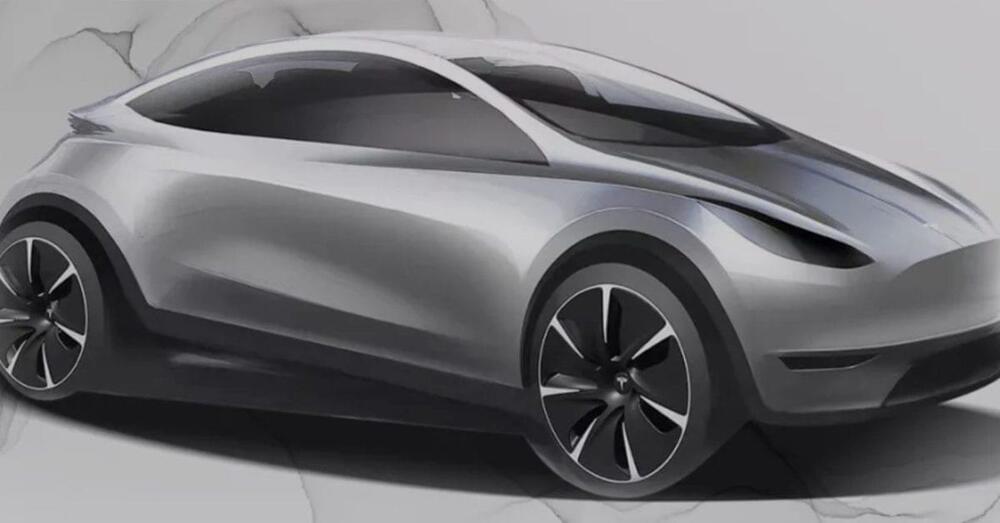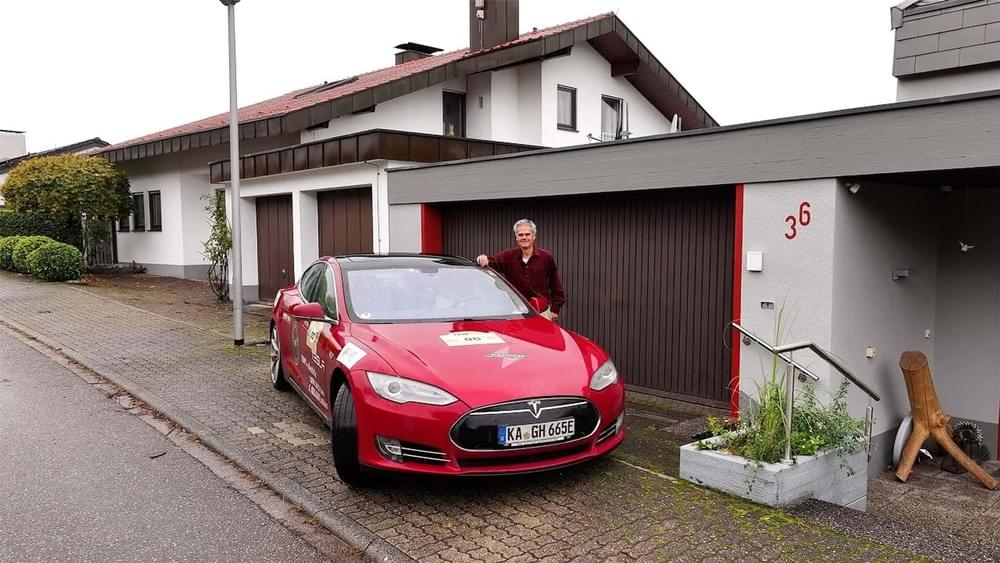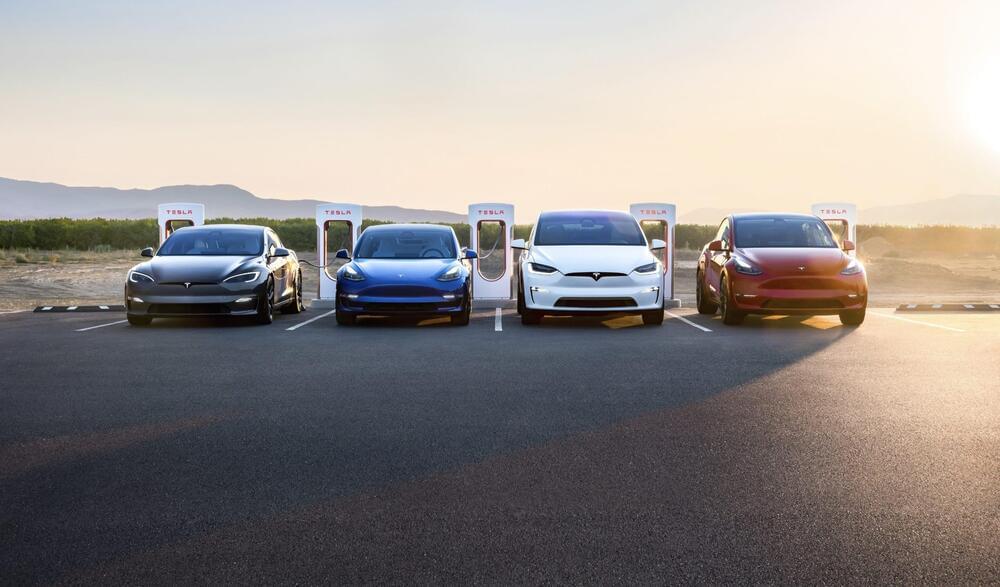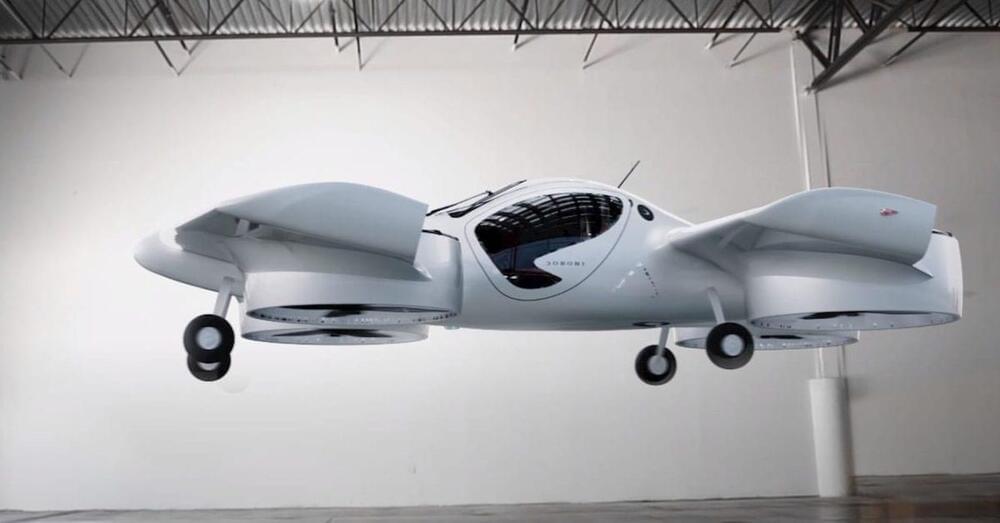On their way to building fully autonomous vehicles, self-driving car makers are facing a tall task: training their AIs to be able to respond reliably to any and all scenarios that a car, truck or bus might encounter as well as, or hopefully better, than a human would. Today, a startup with a platform to help with that challenge is announcing a sizeable round of funding to take those strategies up a gear.
Foretellix, which builds verification and validation solutions to test the full range of driver assistance and autonomous systems that are coming out on the market, has closed its Series C at $85 million. The round includes financial investors alongside strategic backers from the automotive and chip industries, a signal of who is already doing business with Foretellix, as well as the longer business trajectory for the startup.
The round is being led by Israeli VC 83North, with Singapore’s Temasek and carmaker Isuzu investing alongside Woven Capital (Toyota’s venture fund), Nvidia, Artofin and previous backers MoreTech, Nationwide, Volvo Group VC, Jump Capital, Next Gear Ventures and OurCrowd. Foretellix may ring a bell for readers: The first close of this round was in May of this year (at $43 million).






